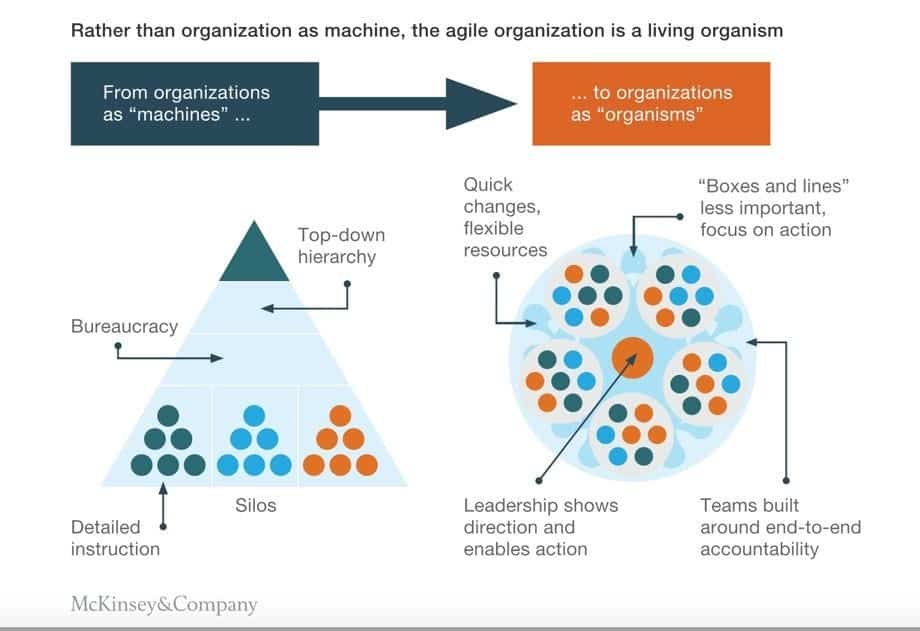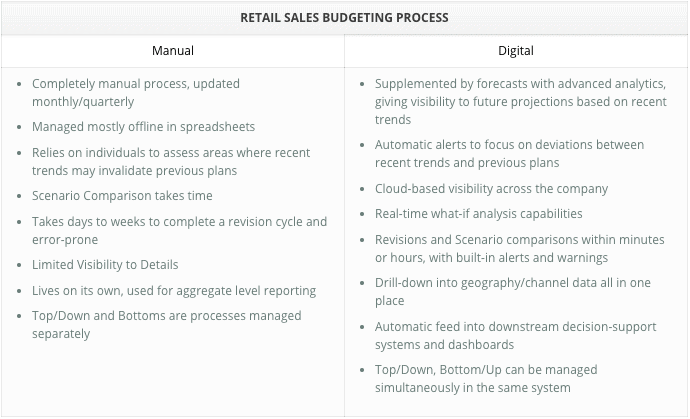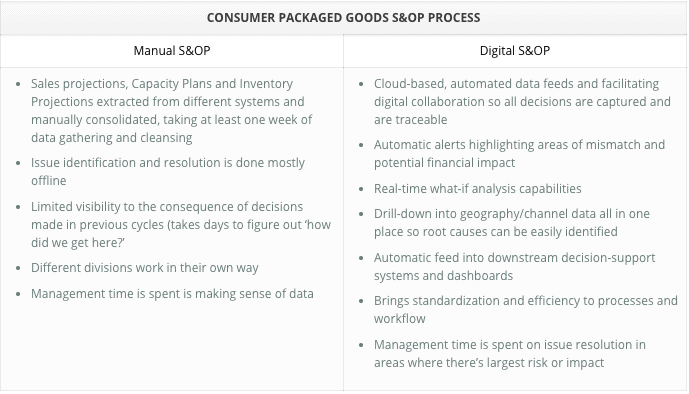Organizational Agility along with Digital Transformation, Machine Learning, Big Data and Blockchain technologies was one of main trending topics for 2018 and will continue to be in the hit list for 2019 as well. Each of the above topics deserves a blog on its own for sure. Let’s start with Organizational Agility and the role of Digital Transformation in making this happen. What does Organizational Agility mean?
Until recently, Agile, started by the Agile Manifesto drafted by a group of technologists back in 2001 was a methodology used in software development. Major principles of this methodology were:
- Individuals and interactions preferred over processes and tools
- Working software developed in iterations over comprehensive documentation
- Customer collaboration over contract negotiation
- Responding to change rather than following a strict plan
After fifteen years of brewing within the closed doors of IT organizations, starting with the article “Embracing Agile” in Harvard Business Review by Darrell K. Rigby, Jeff Sutherland, and Hirotaka Takeuchi (2), Agile emerged as a management mindset concerning the business as a whole.
Agility is the ability of an organization to renew itself, adapt, change quickly, and succeed in a rapidly changing, ambiguous, turbulent environment. Agility is not incompatible with stability—quite the contrary. Agility requires stability for most companies.( Embracing Agile, Jan 2019)
Agility is not just a methodology, it is the new organizational paradigm with customers in the center of all processes and decisions and customer satisfaction being the highest priority of the business.
There has been a lot said and written about Going Agile from an organizational point of view. In the McKinsey article “The Five Trademarks of Agile Organizations”, an agile organization is described as “a living organism”.

Putting customers in the center naturally made the quest for more information about the customer a priority. Mobile Technologies, Big Data, Machine Learning, and IoT came into the picture as enablers getting closer to the customer. In addition to product development companies, businesses such as advertising, e-commerce, finance, and retail having direct access to end consumers have been leading the path of customer-focused projects and evolving the organizations to be more agile. In parallel, there has been a cultural revolution taking place in the C-levels. Executives are relying more and more on learnings from real-time analytics and investing funds into building a data-driven culture, smart decision making and decision automation. For leading companies “high-velocity decision-making” and “energy”, “clock-speed”, “real-time” are now more than just aspirations, they are indeed ways of existence at leading companies like Amazon.
Making “urgency” and “agility” happen requires some paradigm shifts as well as technological investments. Agile organizations need to have:
- Ability to make reversible decisions with 70% of the data (Jeff Bezos, 2017, Letter to Shareholders)
- Test-and-learn capabilities to course-correct along the way
- Empowerment of real-time decisions in the lower ranks of the organizations instead of waiting for top-down guidance
- Diagnostic capabilities that draw attention to exceptions that require intervention
- Predictive capabilities that give visibility to what is likely to happen
This is where ‘Digital Transformation’ comes into the picture. In an organization where actions are taken based on past events instead of predictions, where decision-makers spend more time consolidating information to find meaningful reasons instead of taking actions, and where countless emails and spreadsheets are passed across the organization to execute decisions, agility can only be an aspiration that contributes to increased levels of chaos and stress rather than a sustainable mode of operation.
How does Digital Transformation Change Decision–Making in Retail and CPG?
What does this look like in real life? Let’s take a look at a few examples from Retail and CPG worlds and see how decision-making changes before and after digital transformation.


Do the statements above sound familiar? Where does your business line up in the above example? If you are in manual mode, then roll up your sleeves and get your “digital’ hat on. See where you can better leverage technology to improve the effectiveness of these and other decision-making processes. Your competitors might very well be a step ahead of you!









